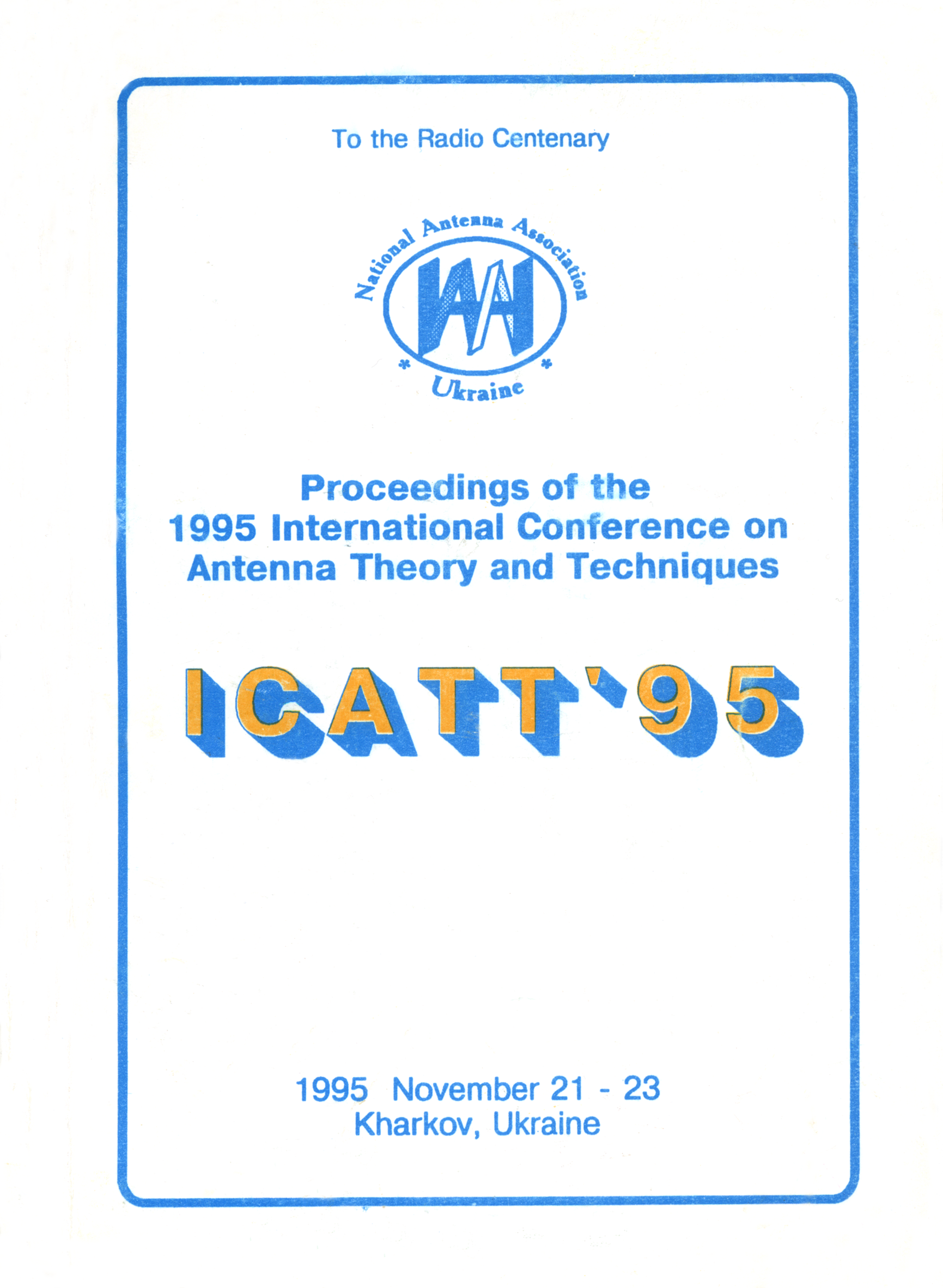Experimental study of rectennas with full-wave receiving-rectifying elements
DOI:
https://doi.org/10.1109/ICATT.1995.1234181Abstract
It is customary to characterize a rectenna, as a power source, not only by the efficiency but also by the direct current power «picked up» of 1 m2 of its aperture (specific power Ps). One of the possible ways to increase the specific power is to apply Receiving-Rectifying Elements (RRE) with full-wave rectification schemes in rectennas. The paper presents computation data showing that the full-wave rectification schemes application ensures a significant gain in the specific power Pt when compared with the case of the half-wave RRE application in rectennas. Yet, unlike the latter, an experimental study of rectenna arrays designed on the basis of the full-wave RRE has not been carried out. The aim of the present work was filling this gap.
The paper introduces the results of the full-scale experiment on power transmission with a microwave beam at the frequency 2.45 GHz in the unit consisting of a 600 W transmitter loaded with a parabolic antenna having the diameter of 0.9 m, and a rectenna with a square aperture (its side length was 0.7 m). The rectenna consisted of nine modules (3x3). A module was composed of 16 RRE (eight lines connected in parallel, each of them was connected in series with two RRE). A separate RRE represented a folded loop antenna with the Shottky diodes 3A208A inserted at its breaks opposite to each other.
The paper treats in detail the experimental methods and results, the novelty of which lies in the following:
- the possibility to use in the computations a rectenna mathematical model based on the infinite rectenna approximation is proved;
- the existence of direct current power collection losses with the rectenna non-uniform illumination is proved experimentally;
- the possibility to create the rectenna module constructions based on full- wave RRE, adaptable to a serial production is shown.
The obtained data form the basis for a further experimental study of rectennas with a large specific power value.

